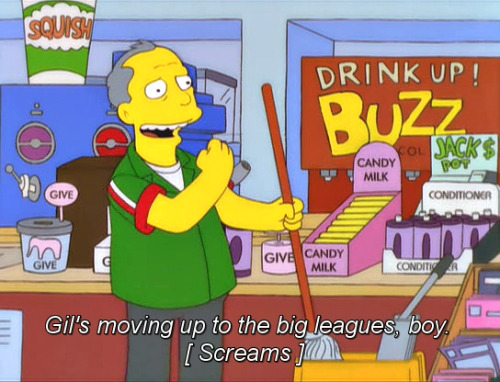 |
| Inspiration from nature... |
Biomimicry is a word which deserves more buzz than it gets these days. Biomimicry is the discipline of applying nature’s principles to solve human problems in engineering, business, architecture and potentially any other area. Biomimicry can create links between different disciplines as the 'all rounder' science where biologists, designers, innovators and economists can all benefit hugely from a little thinking on the wild side and embrace over 3.8 billion years of evolution. However, a challenge for those interested in biomimicry is tackling the huge world of information out there relating to the field including biology and chemistry. But fear not, although it can be a daunting task, there are sources out there to assist the budding biomimicist.
In 1997, Janine Benyus authored the must-have novel on the subject
called 'Biomimicry - Innovation Inspired by Nature'. Since then, she is
seen by many as the poster child for the implementation of biomimicry in
design practice today. Her book covers many different areas including
agriculture and architecture and explores some of nature's masterpieces
including photosynthesis in plants and natural materials and processes
which engineers can only dream of creating. After this read, you will be
left thinking about the world of ideas out there and why so much
funding goes into research when potential solutions could be in your own
back yard.
Once the seeds of inspiration have been sown, collecting data and facts could be next step. The Biomimicry Institute provides a great resource on
www.AskNature.org called the Biomimicry Taxonomy; a database of over 1,500 organisms, animals and insects and how they have met different challenges in nature through different ingenious strategies. It is a great source of information and inspiration for designers but what are some examples of nature being used to inspire solutions in the world today?
 |
| Packaging material using mycelium |
EcoCradle is a new material being developed by award winning design company, Ecovative, which could provide a substitute to polymer packaging like polystyrene. Mycelium is the active ingredient in the roots of mushrooms and when grown with the by-products of agricultural processes such as buckwheat husks, it can be shaped and formed into shapes. The process can take up to 7 days in a dark environment and requires no petrochemical inputs. Heat treatment is used to prevent any mushrooms from popping up unexpectedly . The result is a biodegradable and eco-friendly material which matches many packaging solutions in use today. Further development could mean greener material options for use in insulation and anywhere there is a need for foam-based products such as turbine blades and building materials.
 |
| Inspiration for self-cleaning glass |
Work at MIT has resulted in a new process for creating surfaces which found its inspiration from the Lotus leaf and the complex nanoscopic architecture found on the eyes of moths and the bodies of certain insects such as desert-beetles. These multi-functioning natural materials are self-cleaning and it was this property that attracted scientists to investigate further. Through the application and careful etching away of nanoscopic material on a surface, patterns can be created which can prevent reflection and repel water. Further development of the process could lead to improvements in photovoltaic panels, video equipment, mobile phone applications and of course, windows.
If the above does not whet your appetite, why not check out some more examples below:
Examples of Biomimicry in Action – article by Jaymi Heimbuch for TreeHugger.co
Biomimicry Europa – non-profit organisation promoting biomimicry in Europe
The 15 Coolest Cases of Biomimicry – a list of current applications and development work in the field of biomimicry .
This article was previously published online on http://www.innovationpioneers.net/nature-calls




















